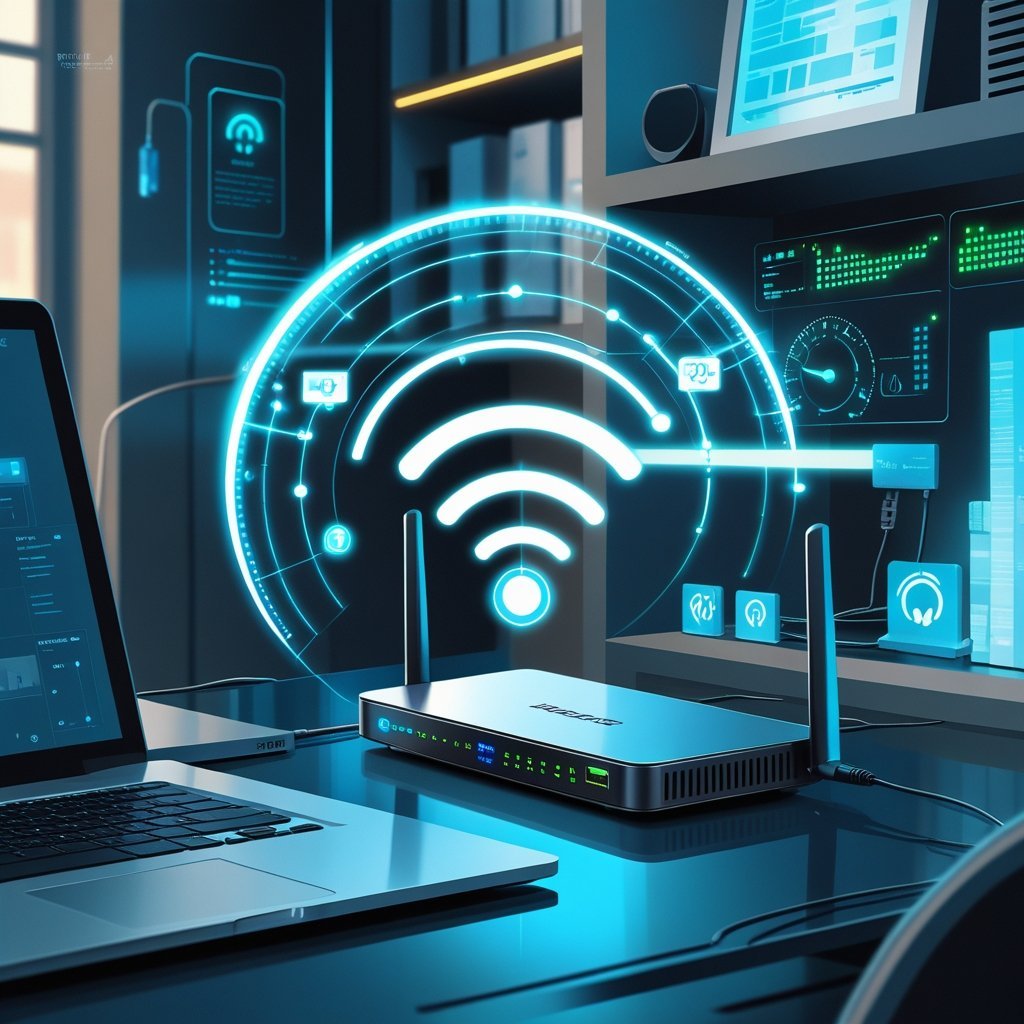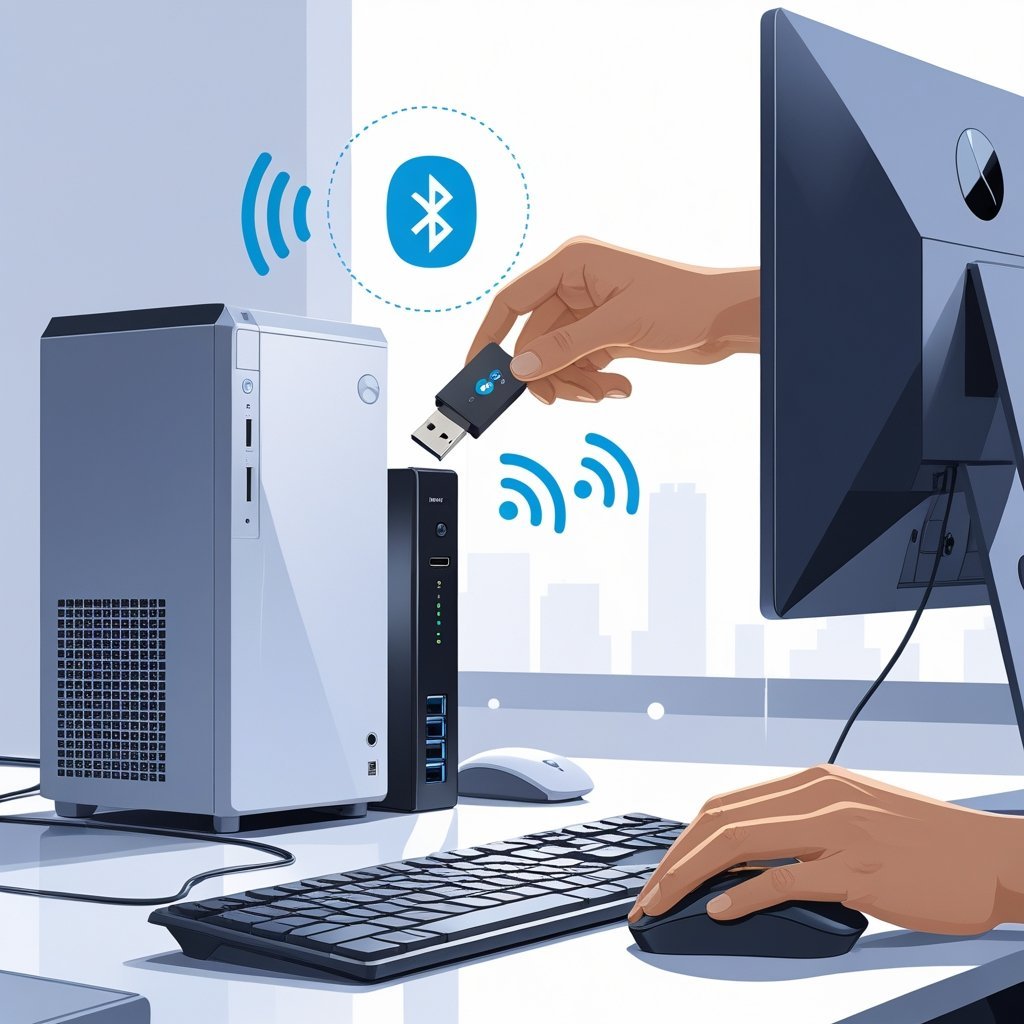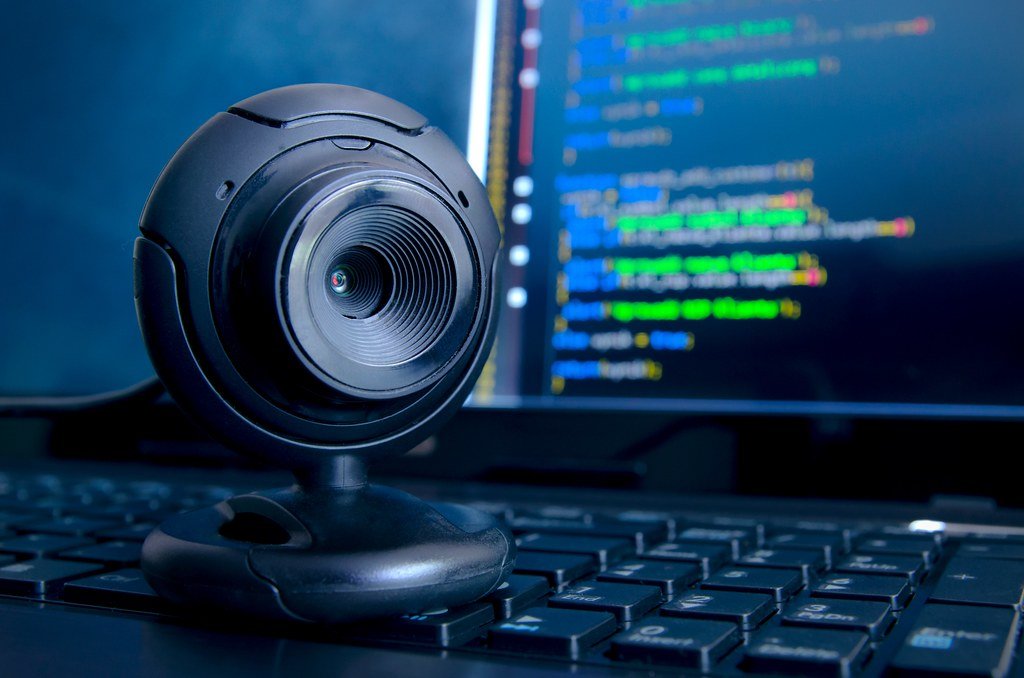Unlock Your Internet's Full Potential: Fix Lag Spikes and Get the Edge

Imagine this: you’re in the final round of a ranked Valorant match. Your reflexes are sharp, your crosshair placement perfect. You take the shot, then your screen freezes. By the time it unfreezes, you’re dead. Or maybe you’re mid-team fight in League of Legends, pressing the winning combo, and suddenly your ping spikes from 20ms to 150ms. The play collapses, the match is lost, and the only thing to blame is your connection.
The truth is that most gamers never unlock their Internet’s Full Potential. ISPs sell you “up to 500 Mbps,” but speed alone doesn’t win games. What matters is stability, latency, and the right setup. This guide shows you how to crush lag, stop lag spikes and ping spikes, and finally play on a connection that’s as competitive as you are.
If you’re tired of excuses and want to start fixing lag today, keep reading.
Understanding Lag: The Silent Killer of Gaming
Lag is the invisible enemy. It’s not just “slow internet.” It’s the delay between your action and the game’s response. When your connection lags, your skills don’t matter—your opponent wins because their moves register before yours.
There are two main villains here: lag spikes, where your game freezes or rubber bands for seconds, and ping spikes, where latency suddenly jumps. You might have 300 Mbps download, but if your ping fluctuates from 20ms to 120ms, you’re not playing competitively, you’re gambling.
Pro players know the difference. In professional tournaments, gamers compete at under 20ms of latency. That’s the benchmark. Anything higher puts you at a disadvantage.
Example: A player with 100 Mbps but constant ping spikes will lose more games than someone with 25 Mbps and rock-solid stability
Are You Using Your Internet’s Full Potential?
Most gamers think their internet is fine because their speed test shows a big number. But unless you test the right things, using the speed test, you don’t really know. Run a speed test and compare with your ISP’s promises. If you’re paying for 300 Mbps and only getting 150, you’re losing half your potential right away.
Ping stability is even more important. Open Command Prompt and type “ping google.com -t.” Watch for jumps. If your ping shoots up to triple digits every few seconds, those are the spikes costing you ranked points.
Background apps can sabotage you too. Steam updates, Windows downloads, or even Google Drive syncing in the background eat bandwidth and trigger lag at the worst possible moments. Closing them before you play is a simple lag fix that works immediately.
Want to know if your cable is holding you back? Our post Does the Ethernet Cable Affect Ethernet Speed and Ping? Explains why the wrong cable can ruin performance.
Essential Lag Fixes Every Gamer Should Try
The fastest way to see improvement is to optimize your setup. Start with your router: place it in the center of your home, off the floor, and away from walls or metal. Switch nearby devices to 5GHz Wi-Fi and leave 2.4GHz for smart gadgets. If your router supports QoS, enable it and prioritize your gaming device.
Hardware is the second layer. A wired Ethernet connection beats Wi-Fi every time, but not all cables are equal. An outdated Cat 5e cable caps your speeds and can even create Ethernet ping spikes. For homes where running cables isn’t an option, Wi-Fi extenders can help, but they often cut speeds in half. That’s why many gamers prefer Powerline Adapters. They use your electrical wiring to deliver a stable connection in any room, giving you near-Ethernet quality without drilling holes.
Before every session, restart your router, update firmware, check your drivers, and disconnect devices you don’t need. These quick steps eliminate many common lag spikes instantly.
Still stuck on Wi-Fi? Don’t waste money blindly. See our guide Best Budget Wi-Fi Repeaters & Extenders in 2025 for the models that actually improve Wi-Fi extender speed.
Crushing Lag Spikes and Ping Spikes
Lag spikes usually happen when your network is overloaded. That could be downloads running in the background, someone streaming Netflix in 4K, or your router firmware being outdated. Fixing this is simple: pause updates before playing, restart the router regularly, and keep its software up to date.
Ping spikes are different. They come from Wi-Fi interference, poor routing by your ISP, or weak DNS servers. The fix? Go wired if possible. If Ethernet isn’t an option, a powerline adapter is your next best friend. Changing your DNS to Google or Cloudflare often smooths routing issues, too. And inside your game, always pick the closest server to your region—don’t queue in NA if you live in EU and expect good ping.
Advanced Tools to Unlock Your Internet’s Potential
Once you’ve mastered the basics, there are advanced tools that give you the edge. Powerline adapters are one of the smartest investments for gamers. They turn any wall socket into an Ethernet port and crush lag without the need for long cables.
For bigger houses, mesh Wi-Fi systems are unbeatable. They eliminate dead zones by creating a blanket of stable Wi-Fi across your entire home. If you’ve ever lost a game because you moved your laptop two rooms away from the router, a mesh setup is your solution.
Some players even experiment with VPNs. While not always a guaranteed lag fix, in certain cases a VPN can reroute traffic more efficiently than your ISP, reducing ping to specific servers.
When to Contact Your ISP
If you’ve optimized everything and your connection is still unstable, it’s time to call your provider. If speed tests consistently show less than 70 percent of the speed you’re paying for, or if ping spikes persist even on Ethernet, the problem is on their end.
Ask for a line stability check. Request a router upgrade if they’ve given you outdated equipment. And if fiber internet is available in your area, upgrade—it’s the single best long-term fix for lag.

